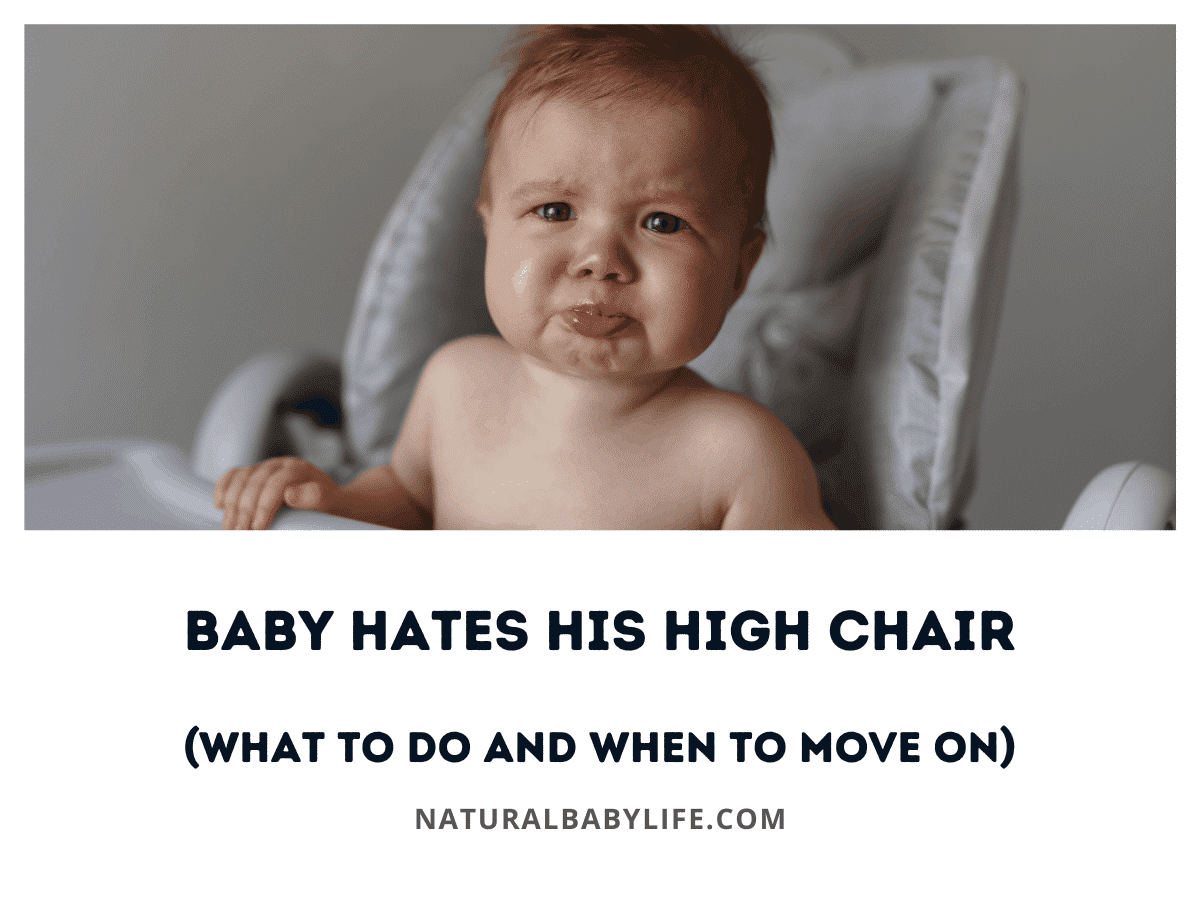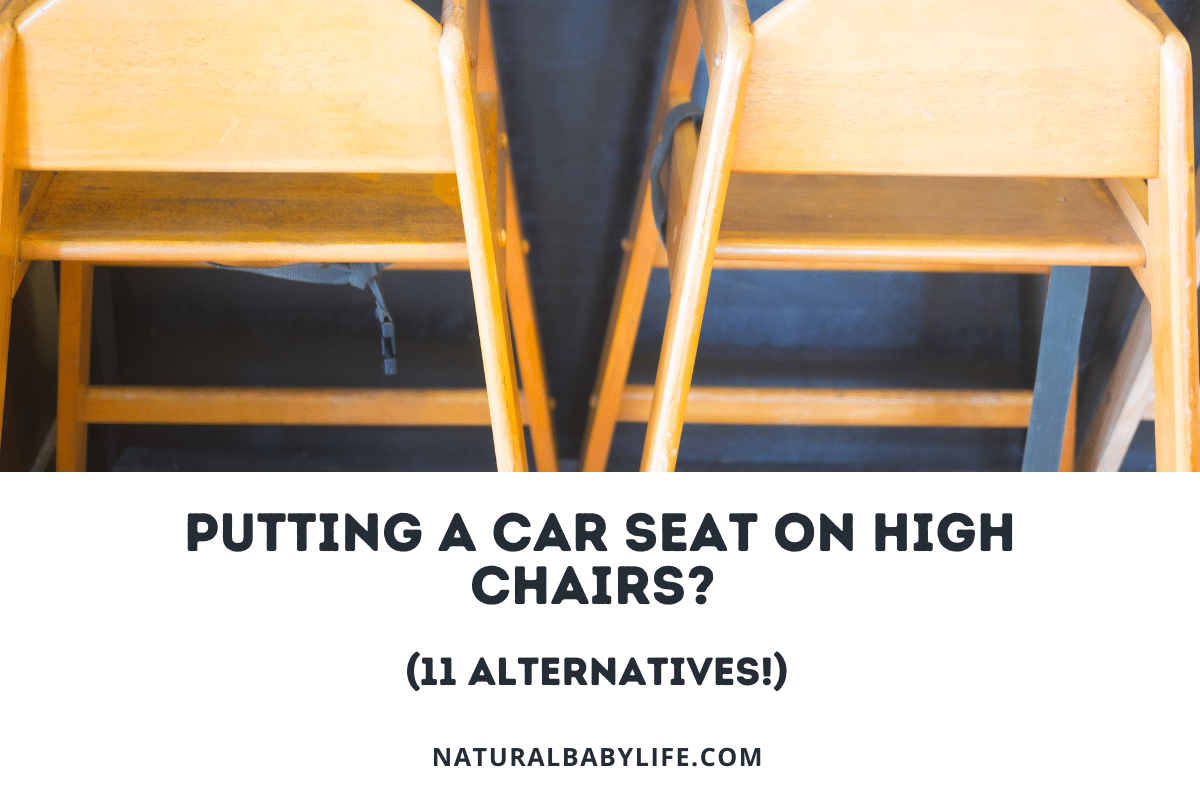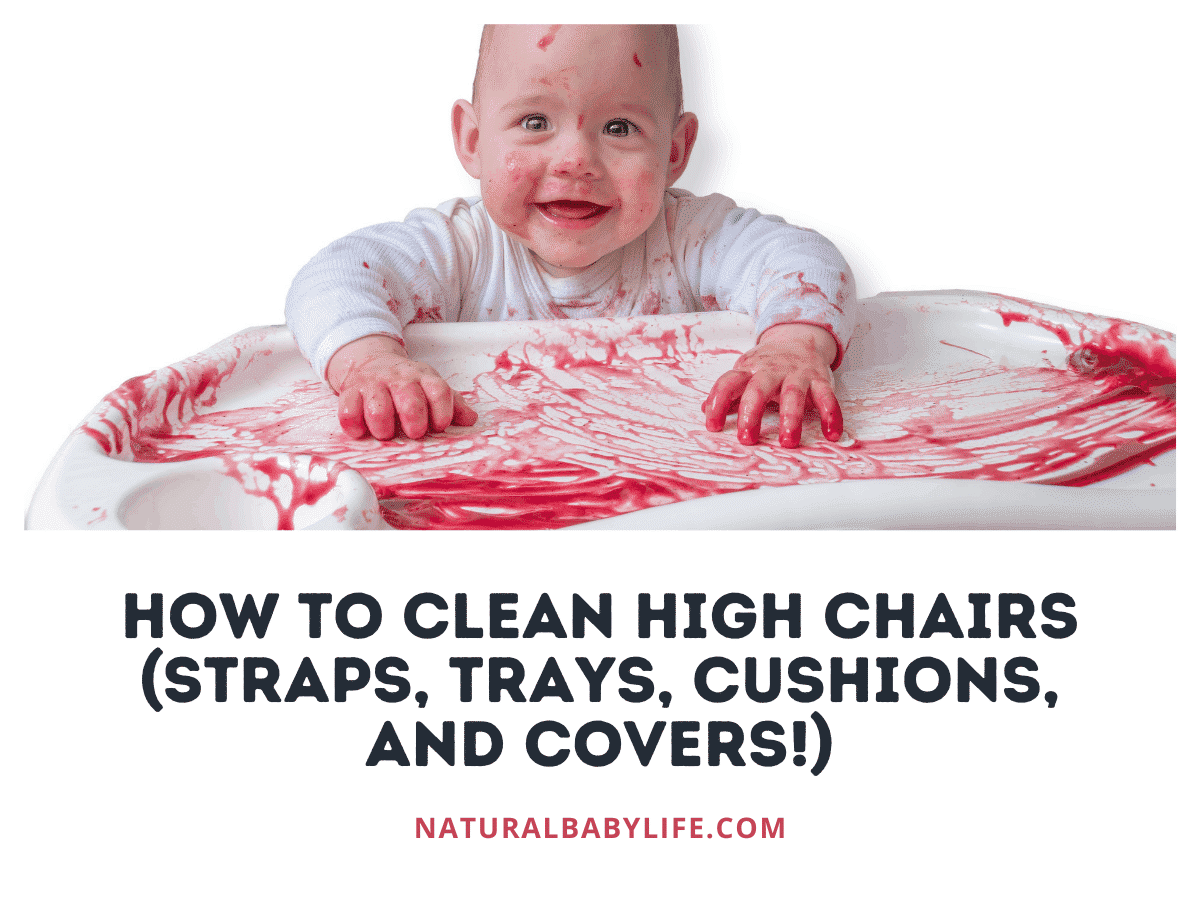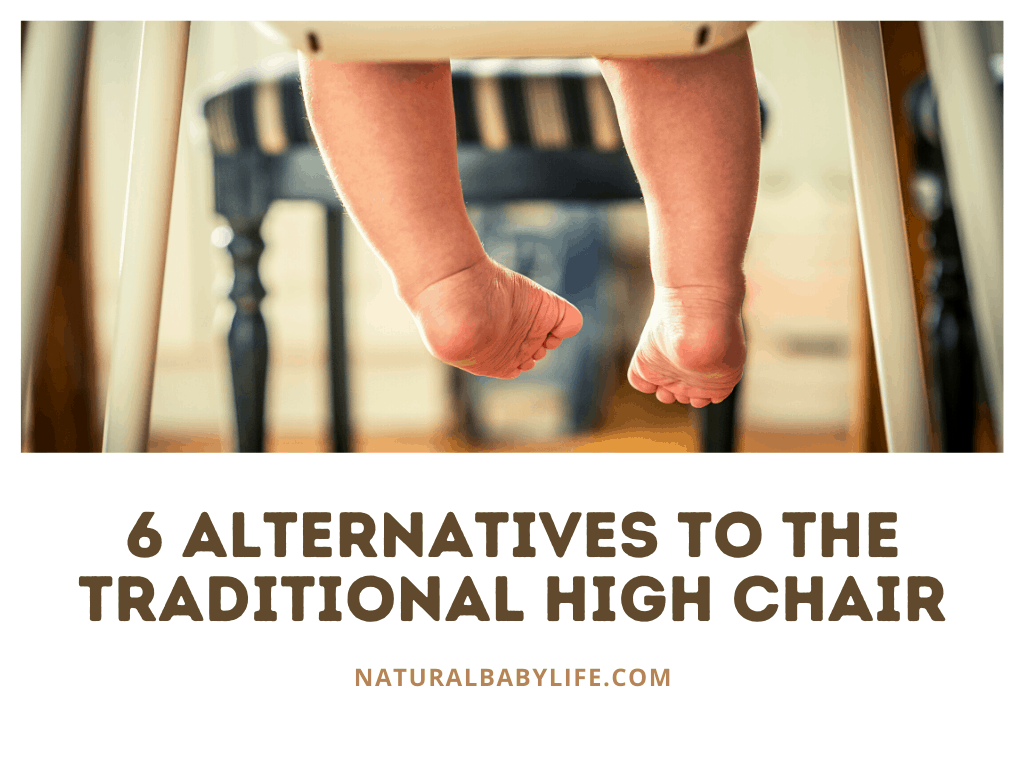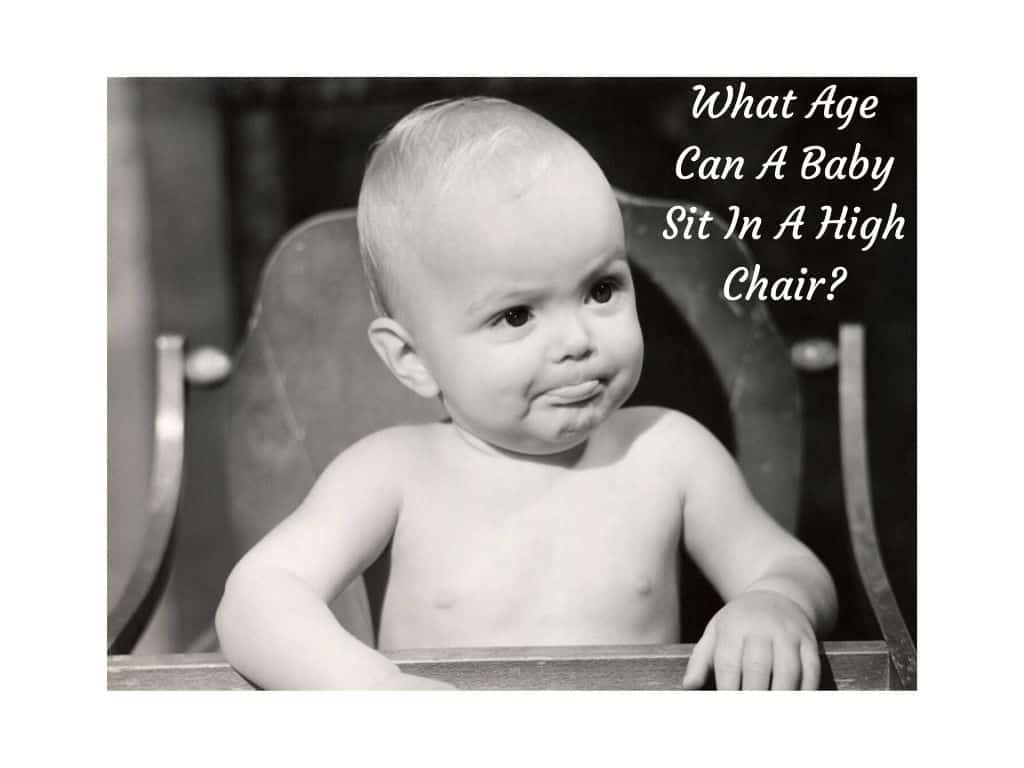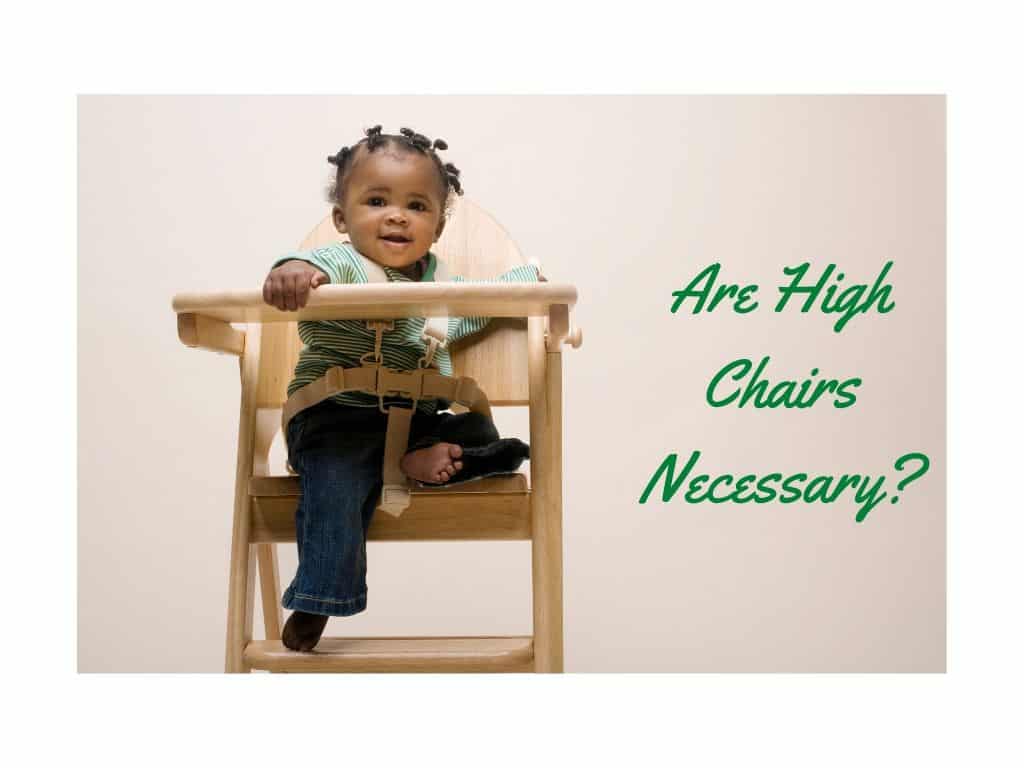A high chair can be an incredible tool for parents. But just because parents like high chairs doesn’t mean baby always does. At some point, your baby may stop enjoying meals in his high chair and start protesting instead.
Figuring out why your baby is frustrated with his high chair is the first step in figuring out how to keep him happy in it. A comfortable seat and pleasant experience can make a big difference, whether that means adjusting the height or adding padding, or just sitting with your little one so he doesn’t associate the high chair with being alone.
Read on as we get into what is causing your baby to be unhappy in his high chair and what you can do about it, as well as signs that it’s time for a big kid seat.
Table of Contents
Why does baby get frustrated in high chair?
When baby first starts eating solids at around 6 months of age, they can also begin sitting in a high chair. I should point out that for baby to be able to do both of these things, it’s important that they are able to sit up on their own.
You may find that baby gets frustrated sitting in the high chair sometimes. This could be caused by different things, including the high chair being uncomfortable, baby isn’t hungry, baby is distracted, or he is simply ready to move out of the high chair.
As baby gets older and enters toddlerhood, he may be ready to move on from the high chair and transition to a booster seat. This typically happens between 18 months and 3 years of age.
High chair is uncomfortable
If the high chair isn’t comfortable, then baby isn’t likely to want to sit in it for a long period of time.
A lot of baby’s comfort in the high chair has to do with how he is positioned. It’s important that babies have good back support and a foot rest, which helps baby stabilize his core and remain upright.
Baby should be sitting at a right angle and be able to lean forward and move his arms freely. This positioning helps to reduce the risk of your baby choking on his food. Being able to lean forward lets them grab food or communicate to you that they want something.
Not hungry
If you baby isn’t hungry, then he will likely resist sitting in the high chair. This is especially true if you have a routine of always putting baby in the high chair for every meal.
Once your baby begins to associate the chair with eating, he will definitely not want to sit there if he’s not hungry.
With most babies, they get a little fussy or irritable when they are hungry.
Distracted
To help baby sit in the high chair for mealtime, it’s important to remove or limit potential distractions.
If they don’t have a foot rest, it can be distracting as they focus on their little feet dangling around. Also, having a TV on or a screen at the table can be very distracting for babies. While it may soothe them if they are being fussy, it will ultimately distract them from the whole reason they are sitting there – eating food.
High chairs are for babies
As baby begins to grow into a toddler, they will start to notice that they are in a different chair than everyone else at the table. This is especially true if there is an older sibling in the house. Baby wants to be a “big kid” too!
If they start to get really fussy at the table, you may want to consider transitioning your toddler to a booster seat.
When should baby use a high chair?
Your baby will be ready to sit in a high chair at around six months, or once they are able to hold themselves up independently for extended periods of time.
There may still be a little extra room in the high chair for babies at this age, but you can always add a small towel roll behind their back to provide extra support.
Some high chairs are meant to grow with your baby, so as baby gets older, you can adjust your high chair accordingly. These chairs can typically be more expensive, but allow you to remove the tray altogether so that you can push the baby right up to the table to eat with everyone else.
At some point, you and/or baby will be ready to leave the high chair behind. If a baby can happily and easily feed herself with utensils, this is a pretty good indicator that he is ready for a more independent dining experience, outside of the high chair.
What age do toddlers sit at the table?
If baby is trying to crawl out of the high chair, he is probably ready for a booster seat.
For most babies, they start to show signs that they are ready (and more than willing) to leave the high chair behind for the booster seat around 18-24 months. Once a baby moves to a booster seat, he can usually stay in it until around 5 years of age, but it will ultimately depend on the child’s height, as well as the weight limitations of the booster seat and your dining room table.
The purpose of the booster seat is to make sure your toddler is at the right height at the table, and the food should not be higher than their chest. Once they are ready, you can remove the booster seat and just let them sit at the table with you in a regular chair.
Is a high chair really necessary?
The answer is, it depends.
A high chair is certainly an easier way to feed baby during mealtime, since baby is securely fastened into a seat, sitting at a safe angle for eating, and the high chair can be easily cleaned once baby is finished eating. However, high chairs can be bulky and some are expensive.
Common alternatives to high chairs include:
- Portable pop-up high chair – This type of chair is often used for sitting outside or camping, but can easily be used inside, too. They feature a strap system to keep baby in the chair, as well as a tray that can slide on and off.
- Hook-on high chair – The hook-on high chair attaches directly to a table, keeping baby at the same height as everyone else. These usually come with a tray (or you can purchase it separately) to make clean up easier.
- Booster seat – These seats strap onto a regular chair and help add enough height and security for baby to sit at the table for meal time.
How do I keep my baby in a high chair?
There are several different things you can do to help your baby stay in the high chair.
By making sure it’s a comfortable seat and enjoyable experience, your baby will be more inclined to sit in the high chair. Comfort is a big part of it for babies, but if you think your baby has a nice cushy seat and is sitting properly, then you may try something else like offering for their favorite stuffed animal to join them at the dinner table.
As parents, we get busy. Believe me, I know. But if baby is eating by himself, you may try just taking a few minutes to sit down and eat with him to see if that makes a difference.
You can keep baby in a high chair as long as he is comfortable. It’s generally recommended that baby stays in the high chair until they can hold themselves up for an extended period of time.
Find one that is comfortable
Making sure that baby is comfortable in her high chair will increase your chances of having a happy baby during meal time. Many high chairs have features that will help baby feel more comfortable, such as a footrest, infant insert cushion, or the ability to remove the tray and push her right up to the table.
Only use it for mealtime
It’s helpful to establish a routine when it comes to mealtime, including the use of the high chair. By always placing your baby in the high chair when eating, he will come to expect that he will eat when in the chair.
Of course, if baby isn’t hungry, it’s best not to try and force him to eat. This can cause baby to have a negative association with food, and even cause them to confuse their hunger signals.
Have a special toy
Sometimes adding a special toy to mealtime can help keep your baby happy in the high chair. The toy will make his time in the high chair seem more fun and enjoyable.
Sit with them
It can help baby stay in the high chair (and enjoy it) if we sit down to eat with them. It seems simple, but it is effective. It’s also a great opportunity to model good eating habits for your baby.

